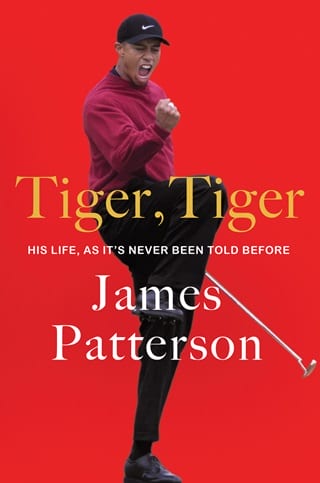Chapter 50
The 102nd U.S. Open
Black Course, Bethpage State Park
Farmingdale, New York
June 13–16, 2002
The “People’s Open” has been seven years in the making. For the first time, the United States Golf Association’s national championship will be played at a publicly owned venue: the Black Course at Bethpage State Park, an hour’s drive from New York City. The USGA has sponsored a $3 million renovation of the Depression-era public works project for the 102nd U.S. Open.
USGA commissioner David Fay successfully navigated New York’s notorious bureaucracy. Course designer Rees Jones (son of famed architect Robert Trent Jones) faced an even tougher challenge: re-create A. W. Tillinghast’s original course architecture working from nothing but a 1938 aerial photograph.
Six-time major winner Nick Faldo is astonished at the results. “I’m amazed this has been sitting here 65 years unknown,” he says of the Black Course, a.k.a. Bethpage Black. “It’s an absolute monster diamond, it’s a monster gem.” Forty-four-year-old Faldo plays wearing an I NY hat in support of the city’s post-9/11 recovery.
On June 13, the galleries are bursting with forty-two thousand lucky ticket holders. The same capacity crowd is expected for all four days of tournament play. NBC Sports anticipates that the “People’s Open” will be the largest golf television broadcast ever.
Rabbi Marc Gellman, a leader in the transformation of Bethpage Black, says, “I have this vision of a working-class guy sitting on a couch watching the U.S. Open and he turns to his son or daughter and says, ‘Tiger better watch out because I know that putt, and it breaks to the left,’” Gellman says. “That could not have happened in any other U.S. Open ever.”
Rees Jones tells the Washington Post that Bethpage Black’s 7,214-yard length “sets up very well” for Tiger, however, because the redesign “favors the long hitters, Tiger chief among them.”
Tiger’s arguably the tour member most familiar with playing municipal courses. “I grew up playing at public facilities,” he reminds reporters. “I’ve slept in cars to get tee times.”
Despite now being the heavy favorite, eyeing a second U.S. Open victory for a potential 2002 grand slam, Tiger wins over scrappy fans when he steps out of a portable toilet to applause, then jokes, “Are you guys clapping because I’m potty-trained?”
Still, the crowd is pulling for Phil Mickelson. The final round coincides with his thirty-second birthday. “Let’s go Mick-el-son,” thousands chant as the birthday boy pulls to within two strokes on the 13th… only to have Tiger birdie the hole and end his rally.
Tiger bests Mickelson by three strokes, winning the tournament and notching his second majors for 2002. The twenty-six-year-old has now played twenty-two majors and won eight of them—a record that outpaces Jack Nicklaus’s seven major victories during his first six years on tour. To many, Tiger’s continued success is a foregone conclusion. “Who dares to think he won’t get the Grand Slam this year?” demands the New York Times.
Mickelson concedes, “Having the chance to compete against arguably the greatest player of all time is a special opportunity, and I’m getting closer to breaking through.” But Sergio Garcia (who finishes fourth) is more cynical about Tiger’s historic run coming to an end, saying, “It’s only a matter of time.”
 Fullepub
Fullepub 



